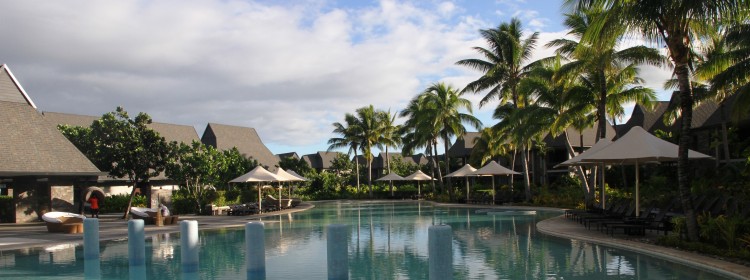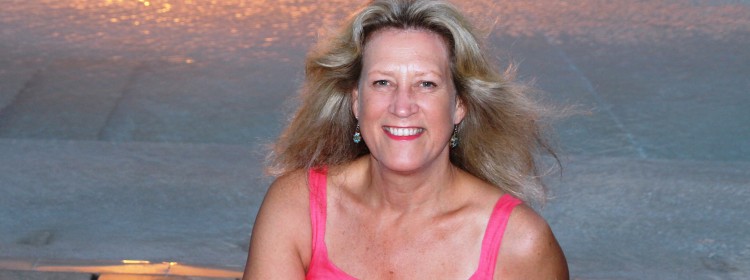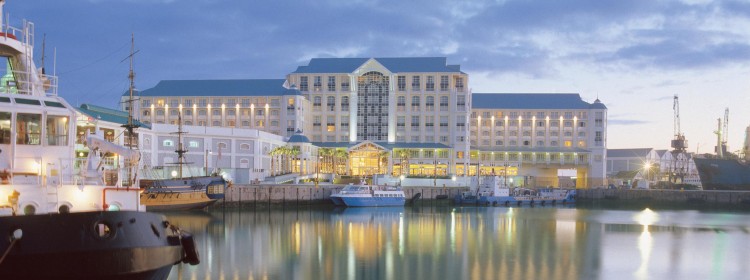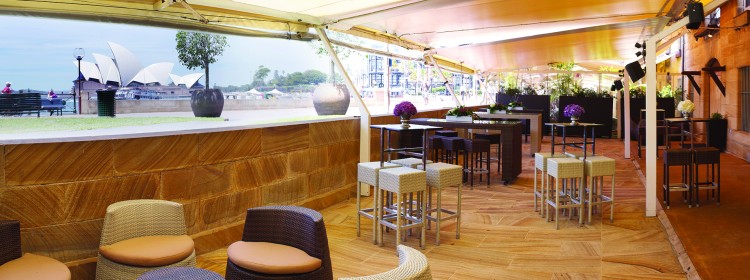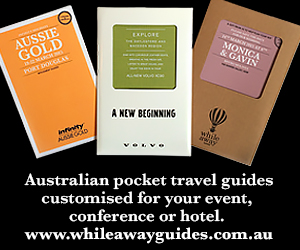It’s not as cheap as it used to be. Back in 1987, after Lieutenant Colonel Sitiveni (“Rambo”) Rabuka’s coup, when the flow of tourists dried up, desperate resort operators offered extraordinary deals.
An Australian newspaper colleague of mine took his wife and four kids for a few days’ holiday to one of Fiji’s 333 islands that year for around $1,000, including airfares.
That’s changed of course. Today Fiji doesn’t provide international MICE visitors with the same value for dollars as, say, Southeast Asia. They’ll pay AUD200 and upwards a night at a resort, and up to $2,000 for the swankiest options.
So why do visitor numbers to these islands keep growing? According to the Fiji Bureau of Statistics, arrivals for January 2014 totalled 47,551, a year-on-year increase of 3%.

The physical attributes are obviously a drawcard: the reefs, white beaches, nodding palms – and the beaming friendly locals. But you get the same just about everywhere in the South Pacific.
From a MICE visitor’s perspective it all depends how you define value, according to David Pearson, Director of Business Development at the InterContinental Fiji Golf Resort and Spa (left), a five-star holiday and conference complex at Natadola Bay on the main island of Viti Levu.
A major attraction in a time-poor era is that Fiji is only four hours flying time from the Australian east coast and two-and-a-half from Auckland. “It takes eight to nine hours to fly to Southeast Asia,” says David. “If you’re paying executives you’re saving time and money by coming to Fiji for event.”
Moreover you don’t have to travel long and far within the small country to have wonderful outer-island incentive experiences, and the genuine warmth of the Fijians makes a difference, over and beyond other destinations in the South Pacific, asserts David – himself a cheerful presence at the resort. (Though still in his late twenties, he has nine years’ experience in the InterContinental Hotels Group in Australia).

The F&B offering in Fiji has improved tenfold in the past five years, he adds. It was never renowned for being a culinary destination, but that’s changing too, in the quality of the produce, sourced locally, and in the recipes and food offerings gleaned from IHG properties round the world.
For budget-conscious MICE visitors, the January to March rainy season may be the best time to visit the 271-room InterContinental Fiji, with rates generally more competitive, starting from AUD 250 a day per person for accommodation depending on the type of rooms you book, says David. The service and facilities are outstanding, set in beautifully designed infrastructure and grounds, and IHG works hard to keep it that way. “The engineering team works continually to maintain the rooms and grounds in pristine quality,” he says. “The resort’s five years old and it retains a freshness, as you can see.”
“And even in the wet season rain typically comes in the afternoons, then clears, and the water temperature and quality of diving and fishing’s incredible all year round.”
The resort is 45 minutes from Nadi airport and set along one of the best beaches on the main island; its pillarless ballroom can handle up to 600 delegates. Plus there’s a championship golf course on site, with the Pacific as a backdrop on 15 of the 18 holes. An airy wedding chapel fronts a green lawn and the Pacific. A global IT company held a five-day inaugural incentive for its Asia Pacific sales team of 600 here recently, taking occupancy of the whole complex.
Tariffs notwithstanding, Fiji seems set to grow in importance as a meetings and incentive venue. Generous development incentives like depreciation allowances, tax rebates and easy repatriation of capital make it attractive for investors. (Though less attractive are the incentives for the local hotel staff, most of whom only get FJD4-5 an hour). And things are happening, development-wise. A $3.5 million investment by Sheraton, for instance, has resulted in the opening, just recently, of a convention centre with the capacity to hold about 1,200.
From AUD250 a night upwards
Rates for group bookings at the InterContinental Fiji Golf Resort and Spa start from AUD250 per day, and a recent summer special on the property’s website offered 30% off normal retail rates.
The Siteseer was a paying guest at the InterContinental Fiji Golf Resort and Spa.

David Pearson: “you’re saving time and money by coming to Fiji for an event.”

